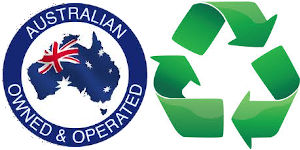Types Of Car Battery
Car Battery Technology is Constantly Changing
The Car Battery At Its Most Basic Form
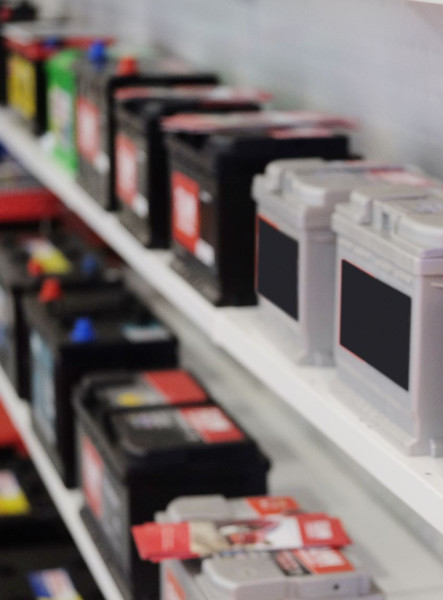 The original car battery, at its minimal functional requirement, is a rechargeable battery used to start your car. Its primary purpose is to send power to the starter, which provides the spark for the internal combustion engine. These days your battery also powers the electrical components of the car, which at a minimum includes your headlights, wipers and radio. Of course in a modern car electrical components will include some or all of the following:
The original car battery, at its minimal functional requirement, is a rechargeable battery used to start your car. Its primary purpose is to send power to the starter, which provides the spark for the internal combustion engine. These days your battery also powers the electrical components of the car, which at a minimum includes your headlights, wipers and radio. Of course in a modern car electrical components will include some or all of the following:
- central locking
- window winders
- window demisters
- mirrors
- mirror demisters
- headlight wipers
- seat warmer
- seat adjuster
- GPS
- electronic brake controller
- LCD screen and engine control computer
- mobile device chargers
With the addition of these and more components over time and the loss perhaps of only one (the cigarette lighter) it should be apparent that your car battery now works harder than it ever did. The batteries of yesteryear could never have coped so they had to be improved.
3 Major Car Battery Designs
The car battery design varies with the battery technology chosen by the car manufacturers.
Most cars with an internal combustion engine (ICE) use one of the variations of the lead acid battery.
The variations can generally be classified into either the:
- Flooded battery: Also known as the wet cell battery, and requires regular topping up with distilled water.
- Valve Regulated Lead Acid (VRLA) battery: The VRLA battery is a low-maintenance, sealed battery, which is why it’s also referred to as the Sealed Lead Acid (SLA) battery. It doesn’t need to be topped up and won’t spill if tipped over.
A lead acid battery would be highly inefficient in a hybrid or electric car though, so they most commonly uses a lithium ion battery with an auxiliary lead acid battery as secondary storage. There are also many alternatives under development for the lithium ion battery which in coming year will hopefully dramatically reduce the cost of electric cars (EVs).
The 8 Most Common Car Battery Types
Why I here you ask, are there 8 types? Why doesn't everyone pick the best one?
It’s largely comes down to power requirements.
Remember, modern cars have varying power needs. Every year new cars come out with more electronics that require more power (never less) so the best battery for your 3 year old Hyundai is not necessarily the best for your neihbours new BMW.
Here are the most common car battery types:
1. Flooded Lead Acid Battery (Wet Cell)
The flooded lead acid battery is the oldest car battery type and was invented back in 1859. It is still very common and affordable. It’s also called the SLI battery, which stands for “Starting, Lighting, Ignition.”
The wet cell battery is typically made of 6 cells with an electrolyte solution of sulfuric acid and water and supplies a voltage of 12.6V at full charge.
It’s a reliable battery for starting engines and provides enough electrical energy to power standard vehicle accessories. However, the electrolyte solution needs to be topped off periodically, and it must be installed vertically to prevent spillage.
This wet cell battery also experiences a substantial reduction in battery life if it’s discharged below 50% of its depth-of-discharge (DoD).
2. Silver Calcium Battery
This battery type was designed as an improvement over the flooded battery technology, having a longer lifespan in hotter temperatures. It does however require a higher charging voltage and will deteriorate quickly if the plates are damaged. It’s still a lead acid battery with an electrolyte solution, but uses lead-calcium-silver plates instead of the conventional lead-antimony plates.
It’s usually sealed and maintenance-free.
3. Enhanced Flooded Battery (EFB)
The EFB battery is an optimized, higher-performance wet cell battery. It uses a liquid electrolyte solution, but it’s a sealed battery, designed to take on twice the cycling endurance meaning it can be charged and discharged more times than conventional batteries.
The EFB battery can provide about 85,000 engine cranks compared to the 30,000 of conventional flooded batteries. It was introduced as a lower-tier option to the AGM battery for durability and performance, often used in cars with simple start-stop technology.
4. Gel Cell Battery (Dry Cell)
Gel cell batteries were developed as a non-spillable, safer version of a flooded battery. They are also known as dry cell batteries.
The gel battery is similar in concept to a flooded battery, but the antimony in the lead plates is replaced by calcium and the liquid electrolyte solution has silica added to it, turning it into a gel. It has an increased cycle life and is more resistant to vibration and shock.
Gel batteries are still available on the market, but advancements in AGM batteries have largely made them redundant.
5. Absorbent Glass Mat Battery (AGM)
The AGM battery is a Valve Regulated Lead Acid battery (VRLA) that was designed in response to the ever higher electrical energy demands in modern vehicles. It’s similar to a wet cell battery, but a fiberglass separator (a “glass mat”) absorbs the electrolyte solution and keeps it in place.
This battery type performs better than its flooded and gel cell counterparts.
It can charge up to 5 times faster and withstand 3 times more cycle life than a conventional battery. It can also cycle down to 80% of its DoD at which level older types would suffer damage.
The AGM battery is ideal for hybrid vehicles with automatic start-stop applications and with braking energy recovery. However, the advance in technology comes at a price and it can cost 40-100% percent more than conventional batteries.
6. Deep Cycle Battery
The deep cycle battery is a type of lead acid battery. It can be flooded or sealed and it uses a thicker battery plate in its cells and also has a denser active material.
The deep cycle battery type is designed for sustained power with a lower current draw over extended time periods. It’s better suited to recreational vehicles, golf carts and marine vehicles — which is why it’s also often referred to as a marine battery.
7. Lithium Ion (Li-Ion) Battery
You’ll often find the lithium ion battery in a hybrid or electric vehicle (EV). It is essentially the same as the battery in your laptop only where a typical laptop battery has 4 or 6 cells, an EV battery can have between 3000 and 18,000 cells. The Li Ion battery can store more energy and has faster charging times than previous batteries and it is much much lighter which you would expect for an EV to have any range at all. Less weight means more travel distance on one charge.
While a lithium ion battery pack does cost far more than lead acid batteries, they last longer. Most manufacturers grant a 5 to 8-year warranty on their lithium EV batteries, but they can be expected to last between 10-20 years.
Contrary to common opinion, lithium ion battery parts are recyclable, which is another advantage making it a good option for the environmentally conscious.
8. Nickel Metal Hydride Battery
The NiMH battery (nickel-metal hydride) is often used in hybrid vehicles but is also used successfully in some electric cars. This hybrid battery has a longer life cycle than the lithium ion or lead acid battery.
However, they have a high self-discharge rate and are even more expensive, and generate a lot of heat. This is why the NiMH battery is less effective for the rechargeable electric vehicle and is focused on hybrid cars.
In summary, while there are many choices of battery on the market, in most cases the choice was made when you purchased your vehicle. In some cases it is ok to change the battery type from the one supplied by your vehicle manufacturer but you should get expert advise from one of our battery technicions before doing so.


